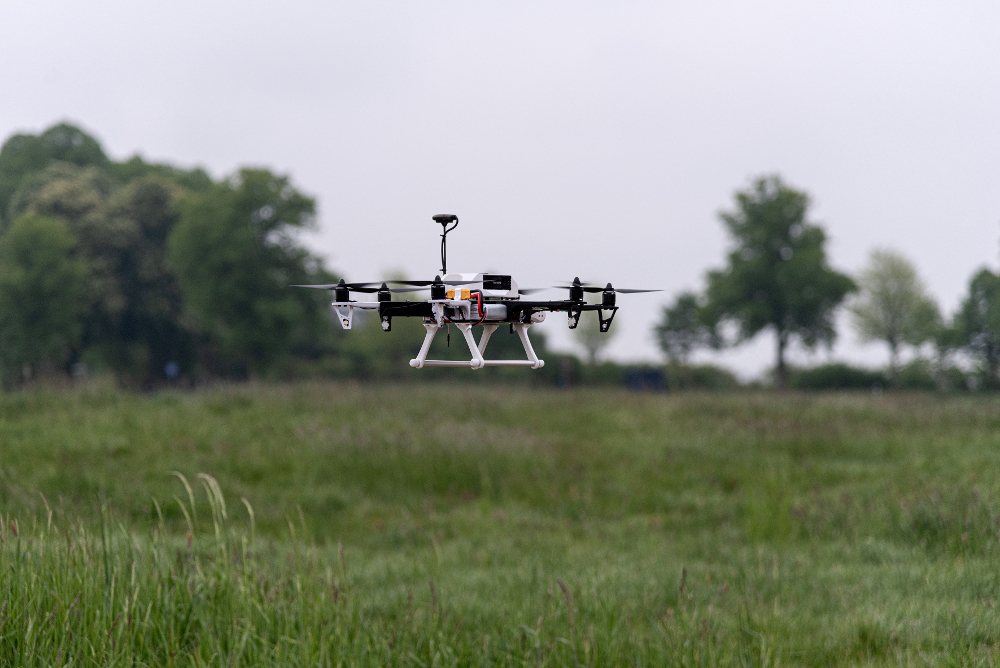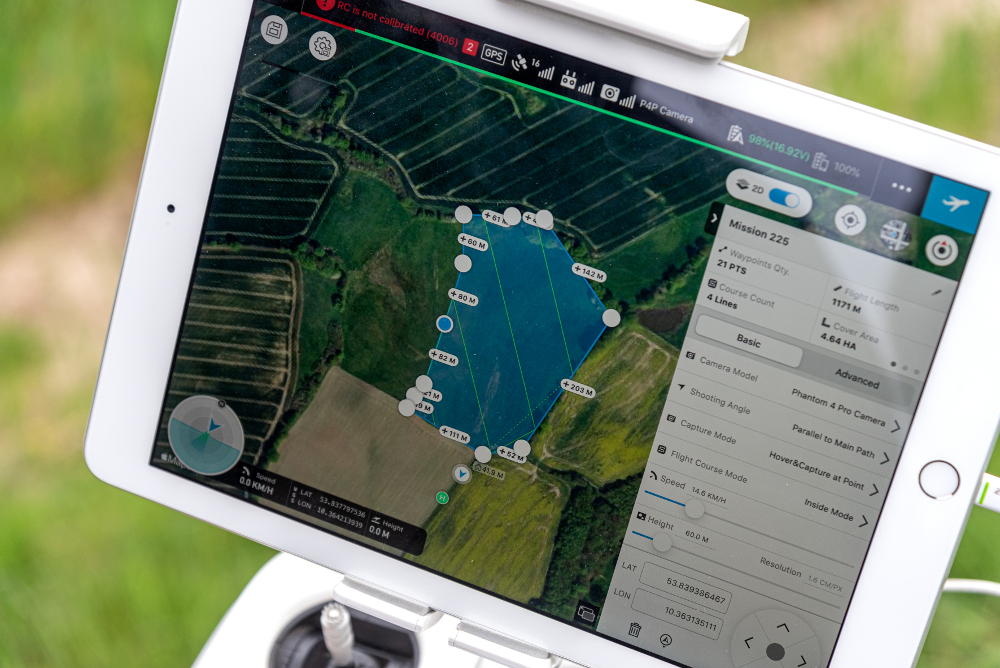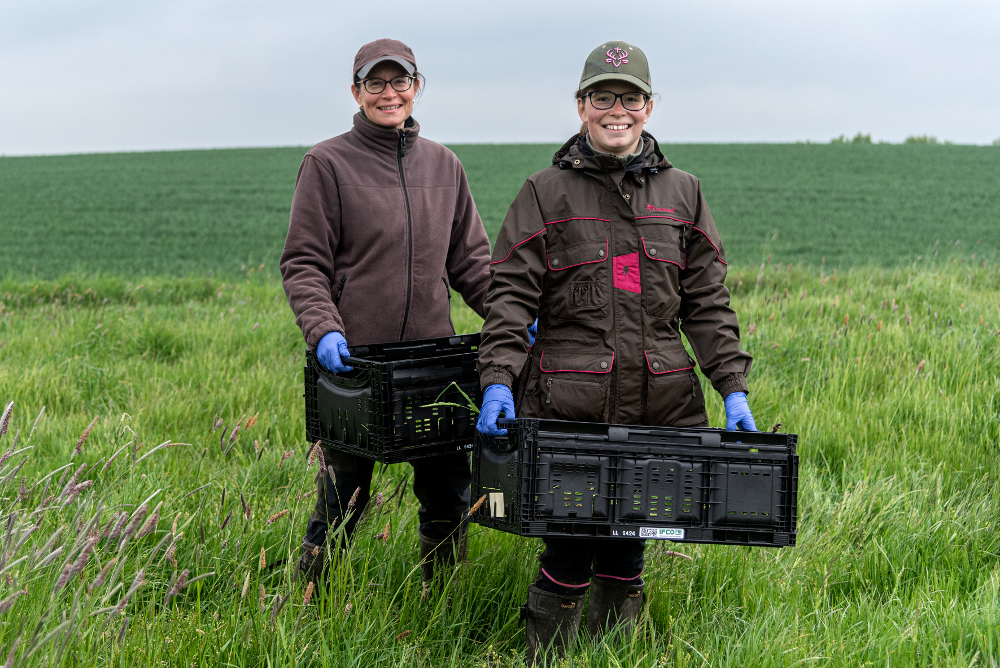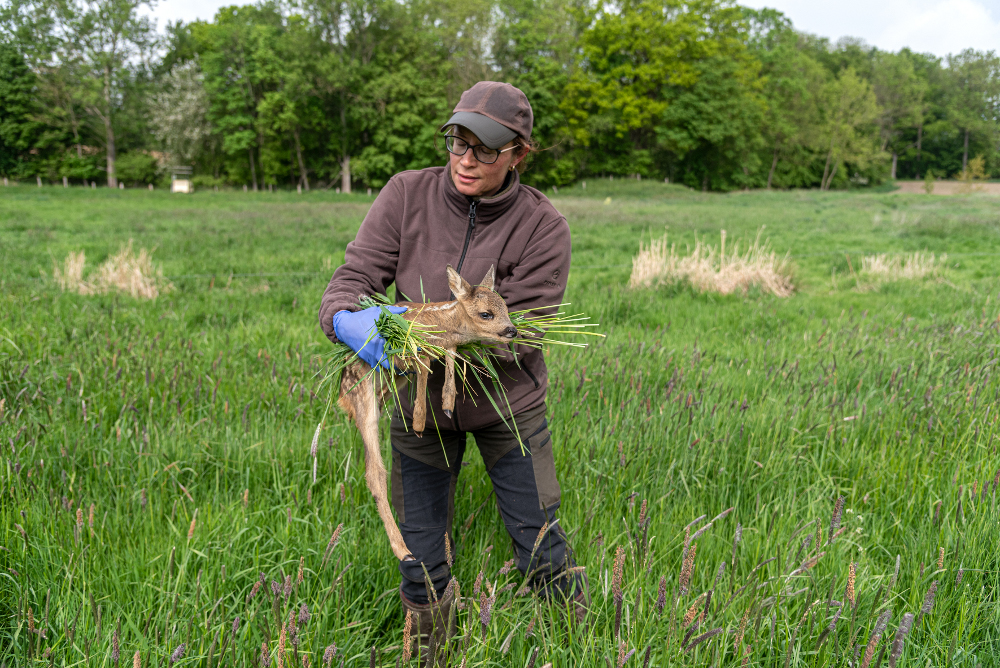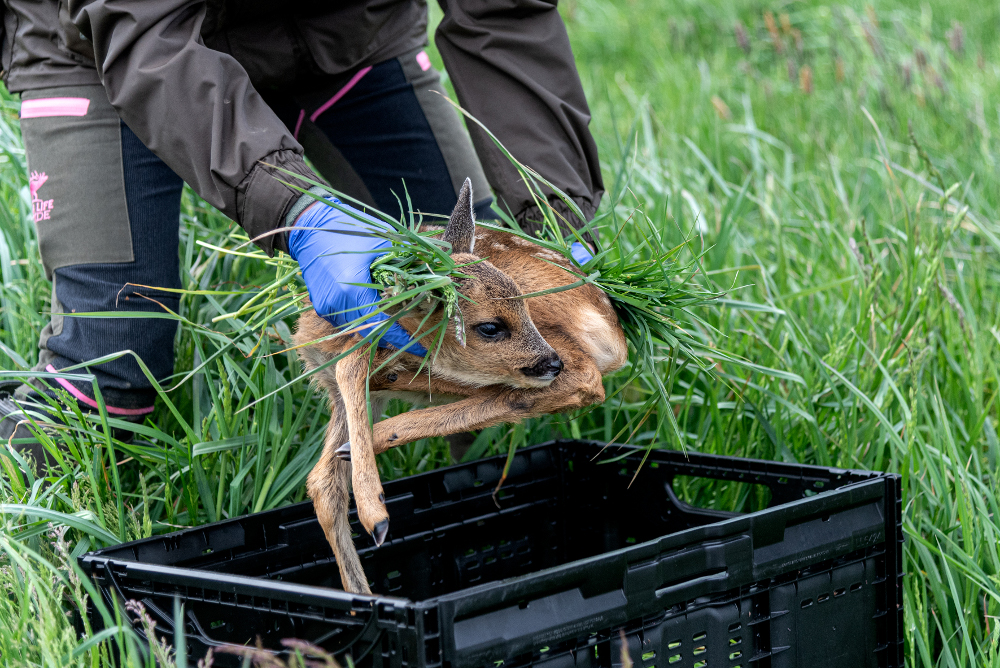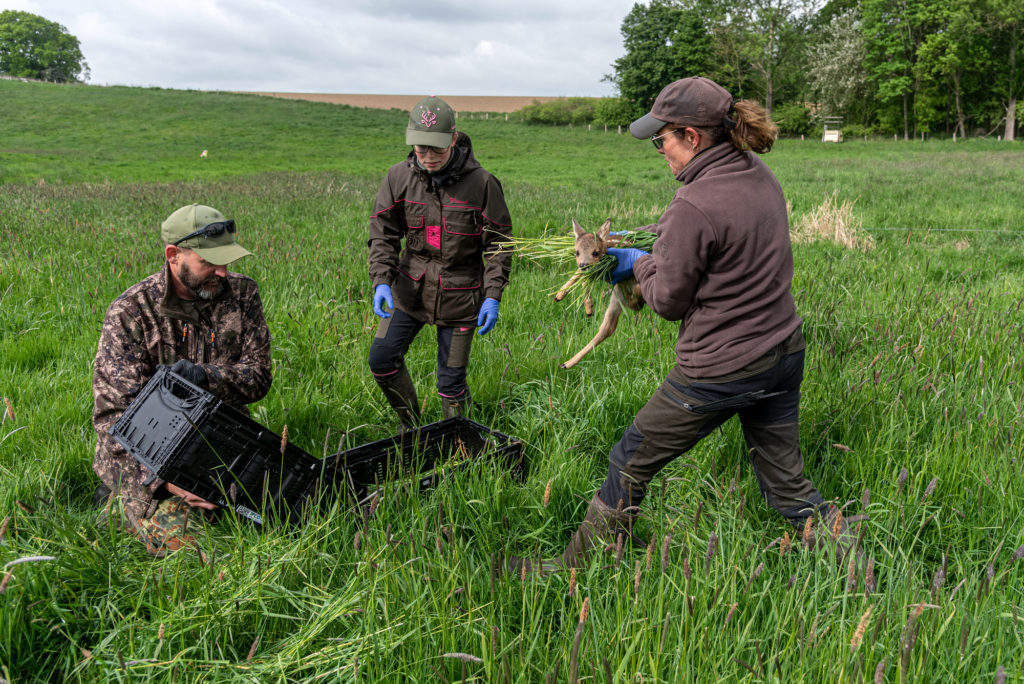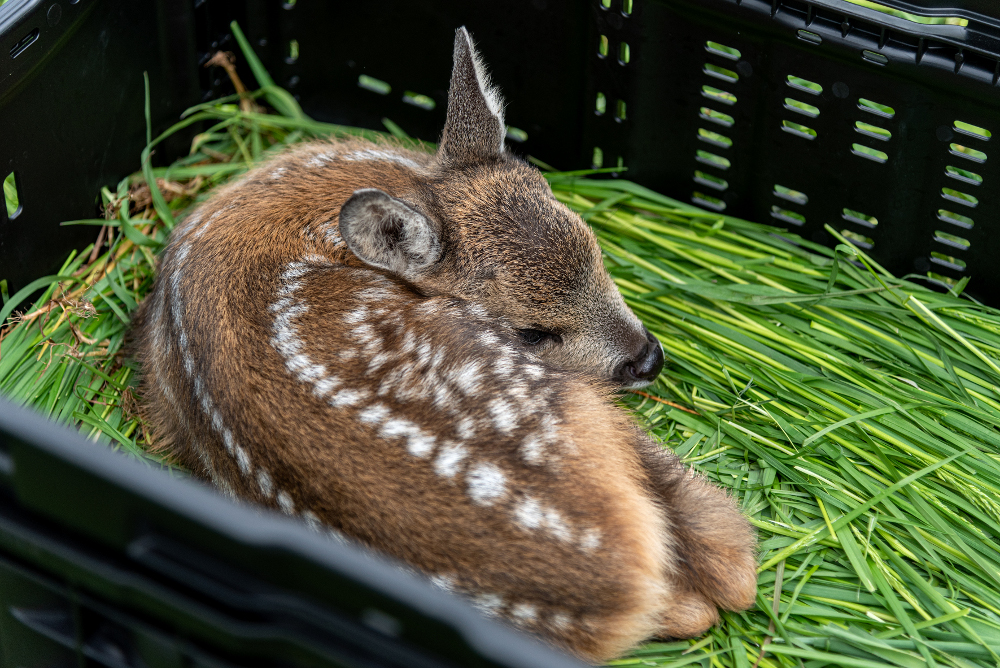Wildlife-Friendly Meadow Mowing
Every year, the first mowing of the fields turns into a deadly trap for countless fawns, young hares, and similar animals. For years, Tobias Vandeck has relied on a combination of different preventive measures to save as many young animals as possible from being mowed to death on his hunting ground near Bad Oldesloe. This year, a drone with a thermal imaging camera was also used the first time – and he was impressed by the results achieved with its cutting-edge technology.
Rescuing wildlife each year during the annual meadow mowing is much more than an obligatory conservation activity for hunting ground leaseholder Tobias Vandeck and his hunting team; it is, above all, a matter near and dear to their hearts. But one thing always troubled him in the past – despite taking conventional preventive measures such as the scaring away game, using volunteer helpers, and acoustic warning devices on the mower, there were, unfortunately, always a few animals that didn’t make it. “Newborn fawns are the most common victims,” says Vandeck, who also rides the tractor himself during the harvest.
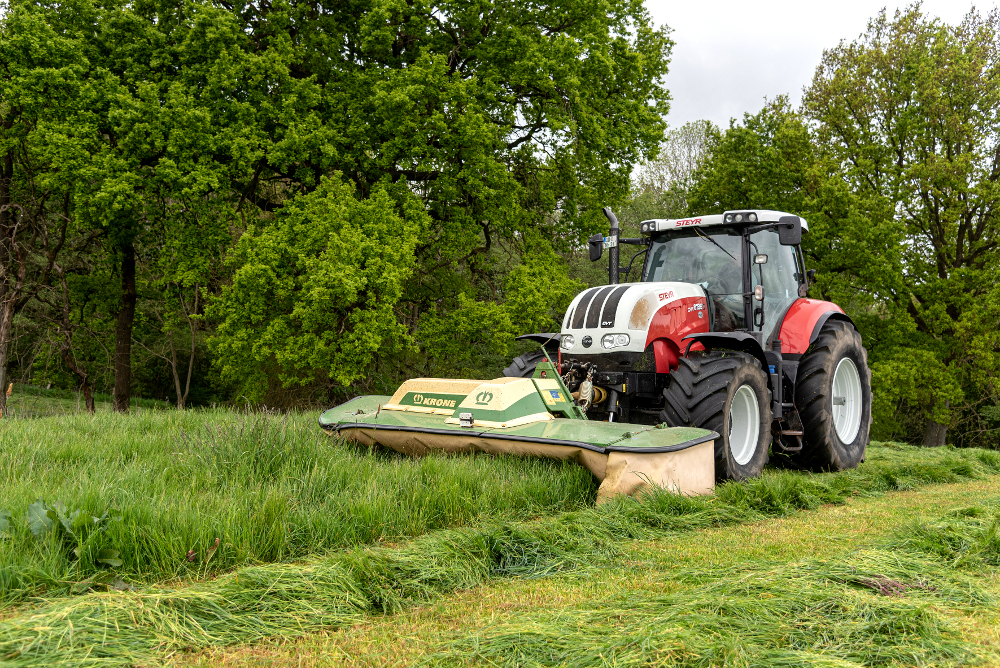
His hunting ground “Neufresenburg” spreads over a total area of 360 hectares, including about ten percent grassy area used for grass production. Many corners of the Stormarn district’s beautiful natural landscape are genuine deer hotspots. Unfortunately, the does usually give birth to their fawns right in the areas to be mowed, however. With the goal of achieving “100 percent,” Vandeck went in search of alternative methods – and came across the idea of rescuing young game with a drone.
He immediately took action and got the team from Wildtierrettung Segeberger Heide e.V. (Segeberger Heide wildlife rescue) involved. The association, founded last year and based in Kleinkummerfeld, is dedicated to organizing and carrying out search and rescue missions to find young game, especially fawns, in agricultural fields prior to mowing. “During the season, we receive daily inquiries – from the outskirts of Hamburg to Dithmarschen and even up to the area around Rendsburg,” says Olaf Weddern, one of the initiators.
To carry out their missions, Weddern and his team of volunteers use a DJI Phantom 4 with a FLIR 640 Pro thermal imaging professional camera as well as a completely new system, the “Flying Wildlife Rescuer.” Both allow them to clearly detect heat sources, even from a height of 100 meters. Search operations take place in the early morning hours – usually starting at four/five o’clock – ending between nine and ten o’clock, depending on weather conditions. The sun then heats up the area very quickly, making it impossible to tell the difference between a wild animal and its surroundings on the thermal image.
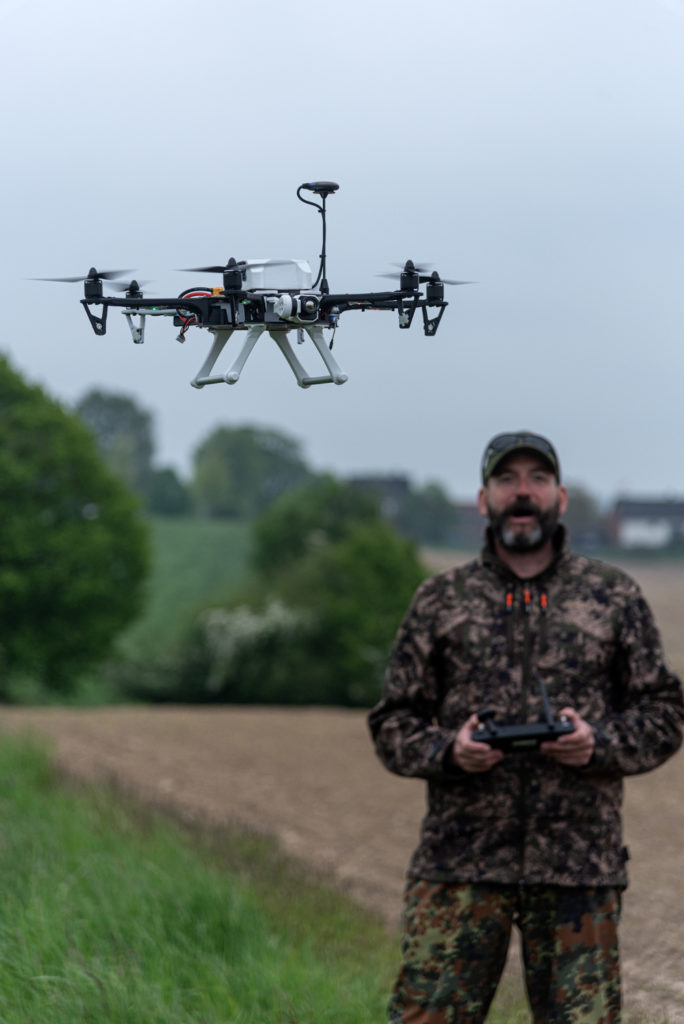
On May 19, “Neufresenburg” is the second hunting ground that the wildlife rescuers visit. They flew two drones that day so that they could cover two fields simultaneously, and on top of that, they used two different search strategies. Sebastian (the “pilot”) and Olaf (the “operator”) fly with a live image and send Olaf’s daughter (the “runner”), who is equipped with a walkie-talkie, to the detected spot whenever they think they might have found something. Frank, in turn, evaluates the footage from the “Flying Wildlife Rescuer” on the monitor after the drone flight, marks the suspicious points, and walks to them – after transferring the coordinates to a handheld device. If they find an animal that needs to be rescued, they carefully place it in an escape-proof and well-ventilated crate without passing on any scent and place it in the shade at the edge of the meadow.
After about four hours, the team has completely scanned the 36 hectares of grassy area in “Neufresenburg” – and safely stashed away eight fawns. They will be released later in a protected location. Another five fawns were successfully scared off during mowing with the help of the acoustic warning devices. The effort has paid off. “I’m extremely impressed,” enthuses leaseholder Vandeck and concludes: “Next year, I’ll be hiring the wildlife rescuers again – in addition to using the conventional methods. I’m convinced that it’s all about the right combination of approaches.”
